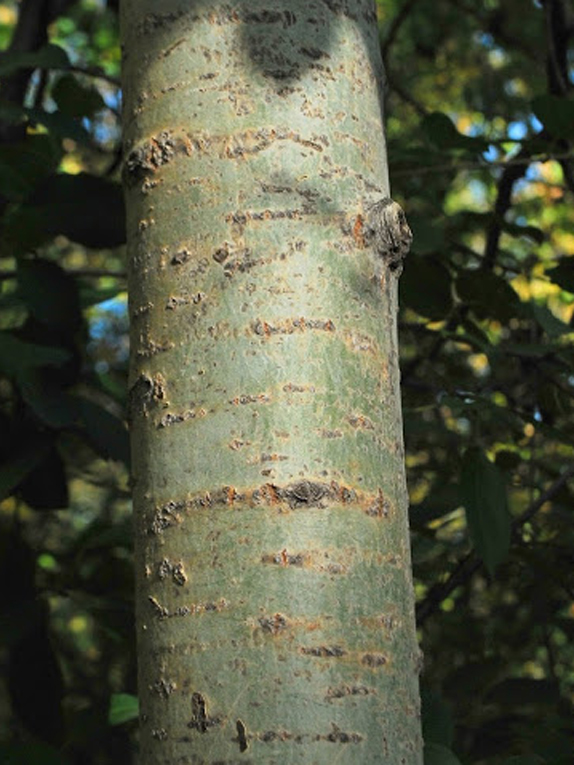
This problem may result from a number of causes including viral infections, insect feeding and certain environmental factors or stresses. Green stem syndrome appears to be widely distributed across the major soybean growing areas of North America, and also appears to be occurring more frequently in many areas. Delaying harvest until green stems mature can result in over-drying and shattering in normal plants. When green stems are numerous, yield and seed quality may be reduced, harvest may be delayed, and combining is more difficult.

Plants affected by green stem syndrome may be distributed randomly or clustered in patches in the field. Green stem syndrome is the term applied to soybean plants that retain green stems after pods mature. When pods are reduced, carbohy-drates and nitrogen remain in the stem and roots and appear to have a role in retention of green stems.

Bean pod mottle virus, tobacco ringspot virus, soybean mosaic virus and other viral diseases are the most widely reported causes of green stem symptoms in soybeans.Green stem syndrome may result from a number of causes, including viral infections, insect feeding and certain environmental factors or stresses.These plants have reduced yield and create problems at harvest. Green stem syndrome refers to soybean plants that have green stems (and may have green leaves and petioles) long after pods have matured.


 0 kommentar(er)
0 kommentar(er)
